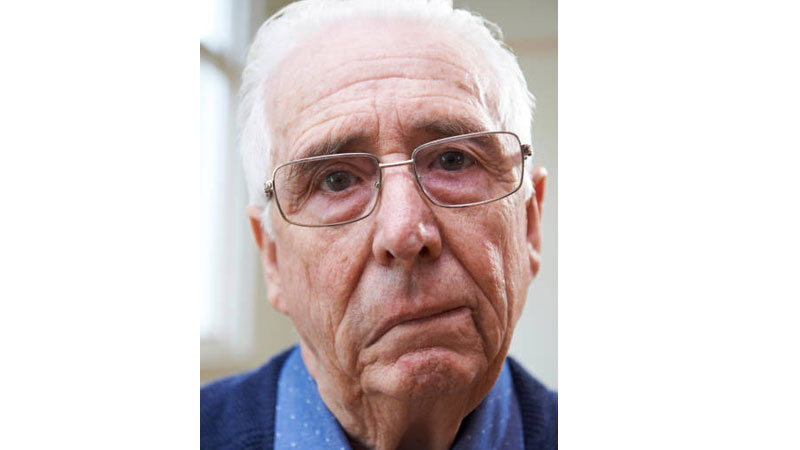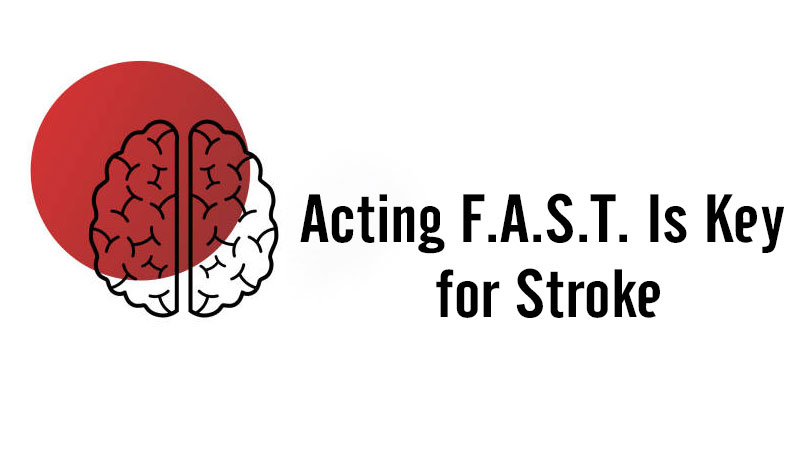
Stroke is a general term used to refer to cerebrovascular diseases such as cerebral infarction, cerebral hemorrhage and subarachnoid hemorrhage. Not only high mortality but also brain stroke patients are also likely to lose physical function or language due to sequelae after onset.
Brain stroke (a condition that causes brain damage due to blood vessels) is the third of the leading causes of disability and death in the world. This is one of three dangerous diseases (cancer, myocardial infarction and stroke) with a high mortality rate and is very costly to control and treat the disease.
During a stroke, the brain's blood supply is cut off, for any reason, the nerve cells in the brain is damaged. The longer the time, the more brain cells die, meaning that the patient will lose their respective brain functions. So the most important thing in stroke is prevention and quick response.
CLASSIFICATION OF STROKE TYPES
Based on the main cause is a blood vessel obstruction or rupture of a cerebral blood vessel, stroke is divided into two categories: ischemic stroke (cerebral infarction) or cerebral hemorrhagic stroke.
- Cerebral infarction stroke when blood vessels in the brain are blocked.
A cerebral infarction is a blockage in the blood vessels in the brain, brain cells that do not receive blood will gradually die, if prolonged time will cause the brain to be necrotic. Causes of a cerebral infarction include 3 main groups:
Cerebral thrombosis: is a condition in which the blood vessels in the brain are blocked by a blood clot (thrombus) formed in the lumen of the blood vessel by a hardening of the artery.
Heart-induced cerebral embolism: blood clots are formed due to heart diseases (open heart valves, atrial fibrillation arrhythmia, heart failure ...) and are pumped by the heart to the blood vessels in the brain to block cerebral vessels.
Small cerebrovascular blockage: small blood vessels are blocked by shrinking age, diseases such as hypertension, diabetes, obesity,... transient ischemic attacks is a sign of a cerebral infarction stroke.

- Cerebral hemorrhagic stroke caused by a ruptured blood vessel in the brain
When a cerebral blood vessel ruptures, intracranial or subarachnoid hemorrhage occurs called a hemorrhagic stroke.
Intracranial hemorrhage: rupture of small blood vessels in the brain, causing blood to flow into the brain or brain parenchyma, often due to high blood pressure, powdered blood vessels, ...
Subarachnoid hemorrhage: Bleeding that occurs between the arachnoid and the soft membrane that covers the brain. Subarachnoid hemorrhage is often caused by head trauma and ruptured aneurysms
THE F.A.S.T RULES HELP EARLY DETERMINATION OF THE RISK OF STROKE

The key principle in stroke treatment is time. Responding to the earlier onset of medical emergencies is beneficial in enhancing the viability and minimizing sequelae of the patient.
The American Stroke Association also recommends that people immediately remember the F.A.S.T rule to detect and properly handle situations when someone has a stroke.
F (Face): Facial muscle changes when the patient smiles like a distorted mouth, sagging on one side of the face, philtrum skewed, the corner of the eye and the corner of the mouth cannot lower, the cheeks cannot bulge, etc.
A (Arm): The patient cannot hold both of their arms when raised, dropped something in the hand, etc.
S (Speech): Cannot speak or pronounce clearly, lisp, cannot repeat speech, etc.
T (Time): Time is very important for stroke patients. Every minute that passes, about 2 million brain cells die
Some other signs of a brain stroke include: Weakness and numbness in the face, arms and legs or half of the body, dizziness, dizziness, sudden loss of dynamic balance, severe headache of unknown causes...
So when you notice that the patient has the above symptoms, you should immediately call an ambulance and move to the nearest medical facility. Do not let a person suspected of stroke drive themselves or wait for a family member to drive away as it can be time consuming for the patient.

Each brain position has different roles and functions. When a person has a stroke, symptoms and severity also vary depending on where the blockage or rupture is. The most important thing is to quickly identify the symptoms of stroke (F.A.S.T) and expand the circle of response, helping the patient to increase survival chance and reduce the rate of stroke injury.